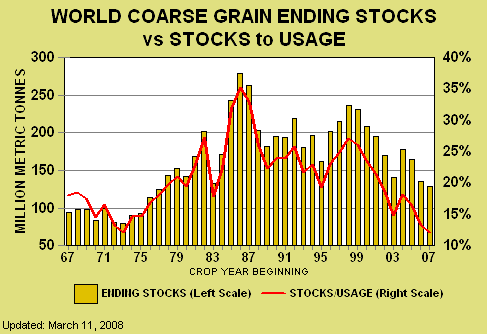Originally Posted By: HerrStig
The owners manuals for several of my Toyotas say "no more than 10%." They're WRONG?????
Chances are, that's the most they've done extended testing with and feel safe saying "We're sure this will work without issues". That doesn't mean things won't handle more.
I've run 2 tanks of E40 or so through the Jeep in the past, and other than getting worse mileage, it didn't seem to care (actually ran a hair better in some ways). I just waited 30 seconds after startup for it to go into closed loop, and then drove it very gently (to keep it in closed loop) for the first 10 - 15 miles to let the fuel trims relearn to avoid it going lean in open loop (and I did the same after switching back to E10).
I can't run straight E85 without bigger injectors and some tuning changes though, as the PCM will only adjust +/- 30% fuel-wise, and E85 might require a bit more than that. Plus, anything beyond E70 or so would have me maxing out my injectors (and causing it to go lean) at high rpms and WOT.
The owners manuals for several of my Toyotas say "no more than 10%." They're WRONG?????
Chances are, that's the most they've done extended testing with and feel safe saying "We're sure this will work without issues". That doesn't mean things won't handle more.
I've run 2 tanks of E40 or so through the Jeep in the past, and other than getting worse mileage, it didn't seem to care (actually ran a hair better in some ways). I just waited 30 seconds after startup for it to go into closed loop, and then drove it very gently (to keep it in closed loop) for the first 10 - 15 miles to let the fuel trims relearn to avoid it going lean in open loop (and I did the same after switching back to E10).
I can't run straight E85 without bigger injectors and some tuning changes though, as the PCM will only adjust +/- 30% fuel-wise, and E85 might require a bit more than that. Plus, anything beyond E70 or so would have me maxing out my injectors (and causing it to go lean) at high rpms and WOT.
Last edited:


